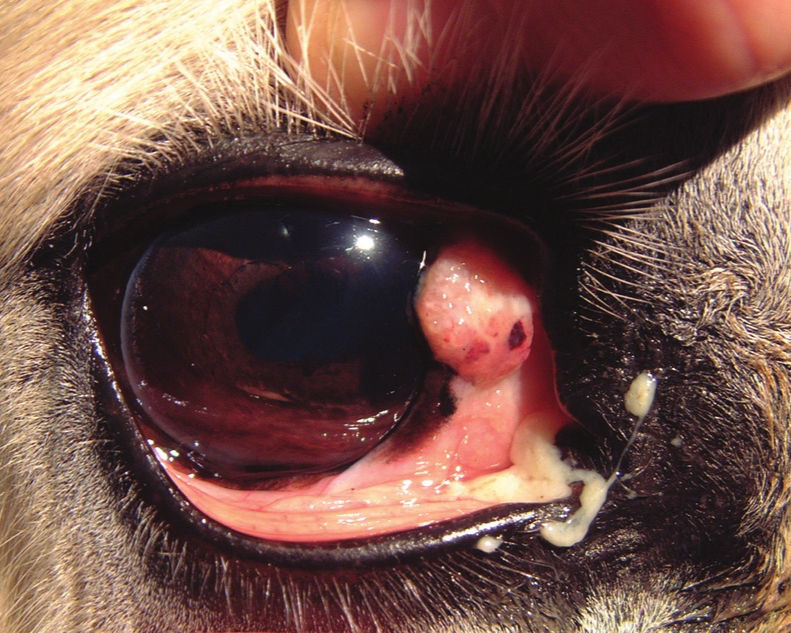Common Equine Eye Conditions
- Sep 3
- 2 min read
Your horse’s eyes are not only expressive, but also very sensitive and delicate. Because equine eyes are large and exposed, they are prone to injuries and diseases that can worsen quickly without treatment. Any change in your horse’s eye—squinting, tearing, cloudiness, or swelling—is an emergency and should be evaluated by a veterinarian. Eye problems can progress rapidly and threaten vision if not addressed promptly. Being proactive, monitoring daily, and recognizing early warning signs are the best ways to keep your horse’s eyes bright, comfortable, and safe
There are many different kinds of eye conditions that can affect horses. Some of the most common diseases include corneal ulcers, conjunctivitis, uveitis, and squamous cell carcinoma. Knowing the most common conditions and how they are managed can help you protect your horse’s vision.

Corneal Ulcers
What it is: A scratch or wound on the clear surface of the eye, usually from some kind of trauma.
Signs: Squinting, tearing, sensitivity to light, or a cloudy spot on the cornea.
Treatment: Typically includes topical antibiotic ointments, anti-inflammatories such as banamine, and sometimes anti-fungals. Severe cases may require a subpalpebral lavage system (a catheter for delivering medication directly to the eye) or even surgical repair.

Conjunctivitis
What it is: Inflammation of the tissue lining the eyelids, often caused by flies, dust, or allergies.
Signs: Red, swollen eyes with watery or mucoid discharge.
Treatment: Cleaning
the eye, topical medications (antibiotics or anti-inflammatories), and fly control. Most cases resolve quickly with proper care.

Recurrent Uveitis
What it is: The most common cause of blindness in horses, involving repeated bouts of painful inflammation inside the eye.
Signs: Squinting, tearing, cloudiness, or a constricted pupil.
Treatment: Aggressive management with topical corticosteroids, non-steroidal anti-inflammatories, and medications to dilate the pupil is needed during flare-ups to preserve vision. Long-term options can include injections directly into the eye or surgical implants.

Squamous Cell Carcinoma (SCC)
What it is: A type of cancer that frequently affects light-skinned horses, especially around the eyelids, conjunctiva, or third eyelid.
Signs: Raised, pink or white masses around the eye that may ulcerate or bleed.
Treatment: Options include surgical removal, cryotherapy (freezing), radiation, or topical chemotherapy. Early detection greatly improves outcomes
Written by Dr. Maddy Gehin 9/3/25.
Information taken fom the following sources:




Comments